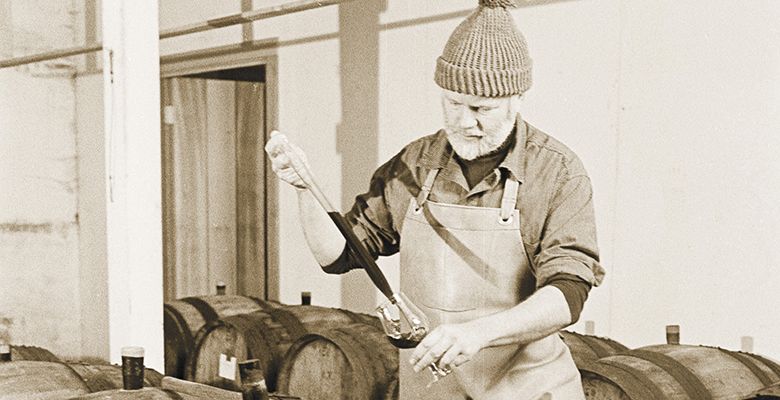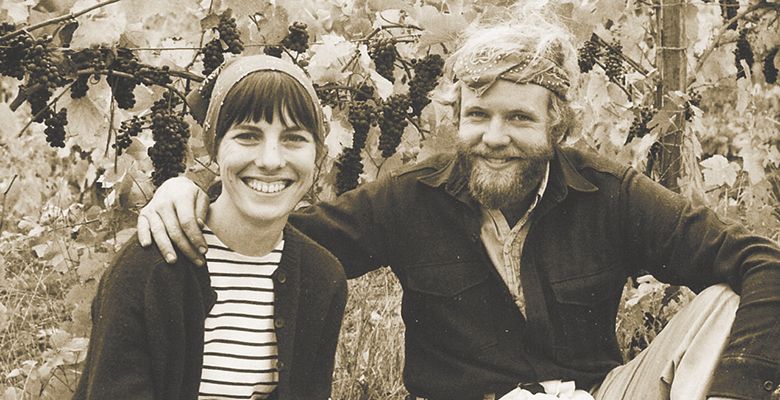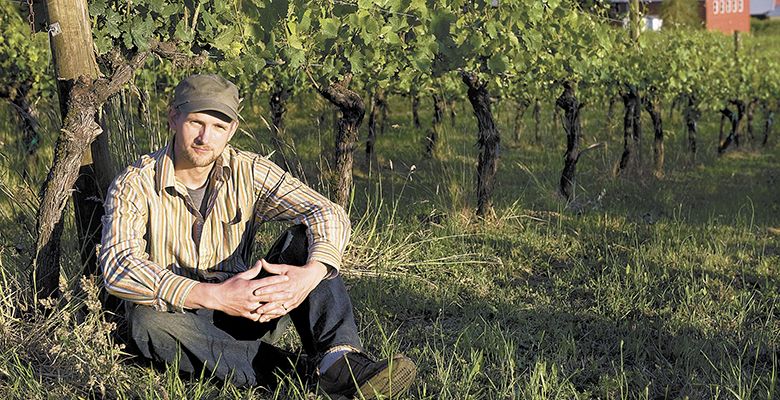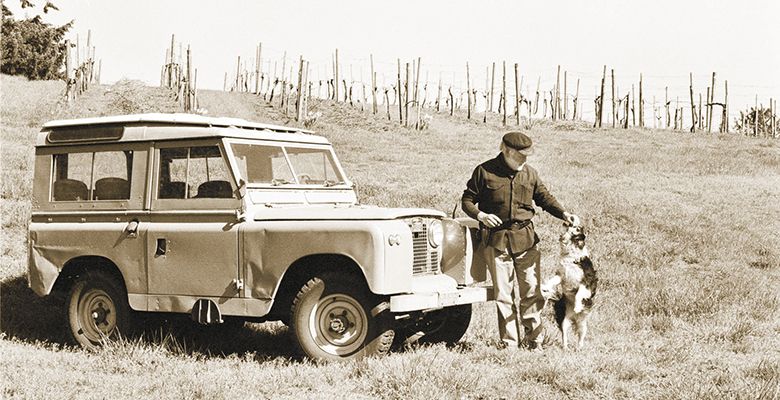Honoring Eyrie
Winery celebrates half century with look to fine future
On Feb. 22, 2015, an historic wine event took place at the Portland Art Museum as 250 people from around the world gathered to toast the late David Lett, his family and their five decades of winemaking at The Eyrie Vineyards.
When David planted those first Pinot Noir cuttings in a nursery near Corvallis on Feb. 22, 1965, I wonder if he thought one day his wines would be served to friends, family and members of the international wine community in a museum ballroom?
David’s wife, Diana Lett, must have known I wasn’t the only person in attendance with that question on my mind as she remarked in her welcoming address “we could barely afford to think from day-to-day back then, much less 50 years into the future.” Diana then offered up my favorite line of the day: “In the 1960s being a winemaker was about as valid an occupation as being a shepherd.”
By now, guests had settled into their seats and current winemaker Jason Lett, David and Diana’s son, gave the crowd a detailed look at the 50-year history of his family’s winery.
From describing how his father abandoned plans to attend dental school because of a chance stop at Chateau Souverain — thankfully deciding to go to U.C. Davis’ winemaking program instead — to laying out the plans for Eyrie’s new winery, Jason shared family photographs and pages from his father’s private letters and wine journals. One photograph showed a young Diana standing in the new vineyard wearing a bright yellow rain suit; her whimsical “what could go wrong?” smile hinted at the carefree early days in the valley — I was happy to learn that iconic rain suit may still exist.
Jason continued by describing how his father concluded his studies at U.C. Davis with a thesis on where, outside Burgundy, Pinot Noir vines could grow successfully. He found spots in Portugal and New Zealand that would work, but the Willamette Valley looked to be the best candidate. As Jason described it, “armed with 3,000 cuttings and a theory” David Lett moved to Oregon to find the perfect vineyard location.
When David moved to Oregon, he took a job with a textbook company and while driving around making sales calls, he looked for possible vineyard sites. David knew from studying an old 19th century text written by French ampelographer Victor Pulliat how it was essential to match grape vines with appropriate climate. David’s research on rainfall and degree days showed the Willamette Valley had the perfect climate for Pinot Noir. Now, he just had to find a hillside with southern exposure and the type of depleted soils that would force the roots to grow deep. By 1966, the Letts found the perfect spot, an abandoned prune orchard in the Red Hills of Dundee.
As they planted their vines, they became aware of neighbors spying on their activities: a pair of red-tailed hawks who had a nest in a nearby tree. The birds, according to Jason, not only became the winery’s “totem animals,” his mother decided the winery needed to be named in honor of their nest. Jason described it as a piece of “anti-marketing,” pointing out that his mom, the English major, didn’t consider the need for people to know the meaning, spelling or pronunciation of the name of your product. A half-century later, the name and label are Oregon icons. Honoring the vineyard’s earliest visitors, proceeds from the anniversary celebration were donated to the Cascades Raptor Center in Eugene.
After Jason’s presentation, attendees were treated to a tasting of four library wines from each of the winery’s five decades, ranging from a 1977 Estate Pinot Gris to the last wine David Lett made before passing away in 2008: the 2007 South Block Reserve Pinot Noir. The Pinots were magnificent, and many were equally impressed by how gracefully Eyrie’s white wines had aged. Everything was noteworthy, but my personal favorites were the 2002 Estate Chardonnay and the 2007 South Block Reserve Pinot Noir.
The wines’ pristine condition is the result of a 21-step certification process created by Jason. Before any library wine leaves the winery, it goes through an inspection process, after which it’s topped off, and the old cork is replaced with a Diam conglomerate cork alternative that resists infection from the chemicals responsible for what is known as “cork taint.” It’s an incredibly labor-intensive process employed by no other winery in the world — Eyrie should be applauded for their efforts.
The certification program was just one of the news items revealed at the 50th anniversary celebration, a sign Jason is forging his own history. Other developments include a sparkling wine program — guests were able to taste the first effort, a delicious bubbly made with Pinot Meunier — as well as the planting of new grape varieties, including Trousseau Noir, the upcoming release of five new single-vineyard Pinot Noirs and plans for a new winery that will overlook the original vines David and Diana planted in 1966 and 1967.
In a letter to a friend, David described his epiphany by simply writing, “I turned wineward.” Those three little words led to the creation of one of the world’s great winegrowing regions, a valley where more than 300 wineries have followed the trail blazed by “Papa Pinot” and his family.
The 50th anniversary celebration was a fitting tribute to that storied past, but it was much more than that. It was also a signal that the winery is in good hands, and with any luck, fortunate wine lovers will convene Feb. 22, 2065 to marvel over some very mature Trousseau Noir.
















